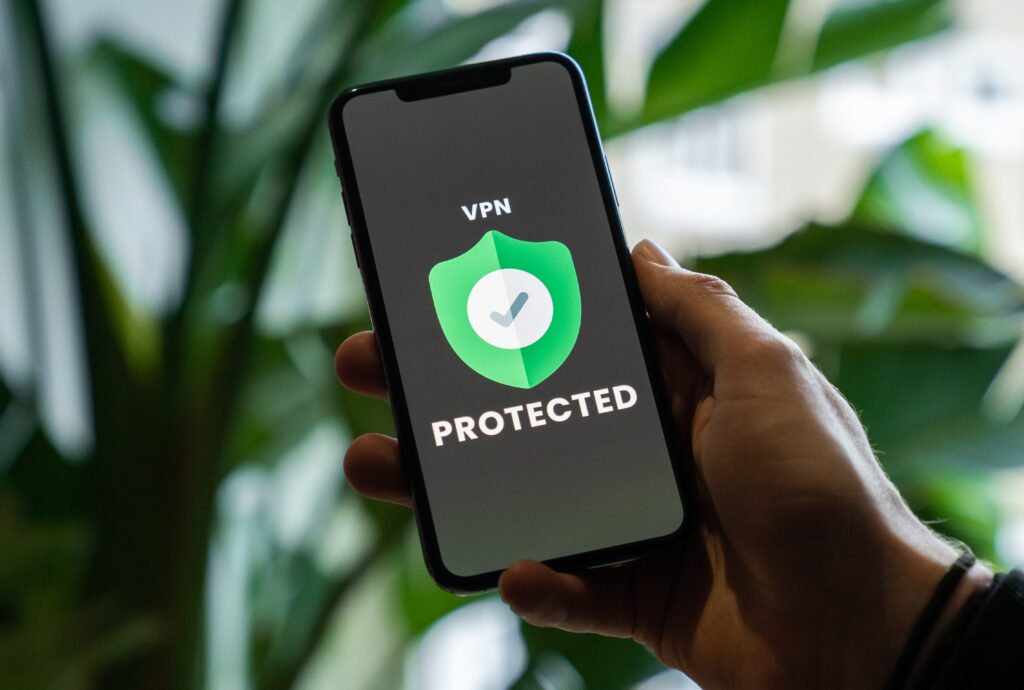In this comprehensive guide, we will walk you through the step-by-step process of setting up a Virtual Private Network (VPN) on your router. A VPN on your router ensures that all devices connected to your home network benefit from enhanced online security and privacy. By encrypting your internet traffic and routing it through a secure server, a VPN shields your sensitive data from prying eyes and potential cyber threats. We will cover everything from the advantages of using a router-based VPN to the setup process and troubleshooting tips.

Advantages of a Router-Based VPN
A router-based VPN offers several advantages over installing VPN software on individual devices:
- Network-Wide Protection: Once set up, the VPN secures all devices connected to the router, including smartphones, laptops, smart TVs, and gaming consoles, with a single configuration.
- Enhanced Security: By encrypting all internet traffic at the router level, a router-based VPN ensures that your data remains secure, even if a device lacks native VPN support.
- Privacy for IoT Devices: Internet of Things (IoT) devices often lack security features. With a VPN on your router, you can safeguard the data transmitted by these devices from potential breaches.
- Bypass Geo-Restrictions: A VPN enables access to geo-restricted content on devices that would otherwise not support VPN apps, such as smart TVs and gaming consoles.
- Convenient and Always On: Since the VPN is configured on the router, you don’t need to enable it on each device separately. It stays active and protects your network round the clock.
Pre-Setup Preparations
Before we delve into the setup process, ensure you have the following:
- A Compatible Router: Not all routers support VPN configurations. Check your router’s manual or manufacturer’s website to confirm VPN compatibility.
- VPN Subscription: Subscribe to a reputable VPN service that allows router connections. Research and choose a service that suits your needs in terms of server locations, speed, and security protocols.
- Ethernet Cable: For the initial setup, connect your computer or laptop to the router via an Ethernet cable.
Step-by-Step Setup Guide
Step 1: Access Your Router’s Admin Panel
- Connect your computer to the router using an Ethernet cable.
- Open a web browser and enter your router’s default IP address (e.g., 192.168.1.1) in the address bar. If you don’t know the IP address, check the router’s manual or the manufacturer’s website.
- Enter your router’s username and password to access the admin panel. If you haven’t changed these credentials, use the default ones provided in the manual.
Step 2: Choose the VPN Protocol
Select the appropriate VPN protocol supported by your VPN service. Generally, OpenVPN is recommended for its robust security features and widespread compatibility. Some routers might support other protocols like PPTP or L2TP, but these are less secure.
Step 3: Download and Install VPN Firmware (if required)
Certain routers require flashing custom firmware to support VPN connections. Check your VPN provider’s website for router-specific firmware, and follow their instructions to install it.
Step 4: Configure VPN Settings
- Navigate to the VPN section in your router’s admin panel.
- Enter the VPN server address provided by your VPN service.
- Input your VPN username and password. These credentials are different from the ones used to access your router’s admin panel.
- Configure additional settings like encryption preferences and authentication methods based on your VPN provider’s recommendations.
Step 5: Save and Apply Settings
Once you’ve entered all the necessary information, save the settings and apply them. Your router will now establish a connection to the VPN server.
Step 6: Verify the VPN Connection
After applying the settings, double-check the VPN status to ensure a successful connection. Some routers have a status page that displays the VPN connection status and other relevant information.
Troubleshooting Tips
In case you encounter issues during the setup process or while using the VPN, consider the following troubleshooting tips:
- Check Compatibility: Ensure that your router supports VPN configurations and that the firmware is up-to-date.
- Restart Devices: Reboot both the router and the connected devices to refresh the network connections.
- Verify VPN Credentials: Double-check your VPN username, password, and server address for accuracy.
- Try Different Servers: If you experience slow speeds, try connecting to different VPN servers provided by your VPN service.
Remember, setting up a router-based VPN might vary depending on your router’s model and VPN provider. Always refer to the specific instructions provided by your VPN service to ensure a successful setup.
Conclusion
By following this step-by-step guide, you have successfully set up a VPN on your router. With a router-based VPN, all devices on your home network are now protected with enhanced security and privacy. The VPN encrypts your internet traffic, safeguarding your sensitive data from potential threats and ensuring you can access geo-restricted content seamlessly.
Keep in mind that the exact steps might vary based on your router’s model and your chosen VPN service. Regularly check for firmware updates and other security measures to maintain optimal protection. Now you can enjoy a safer online experience for all your connected devices!
